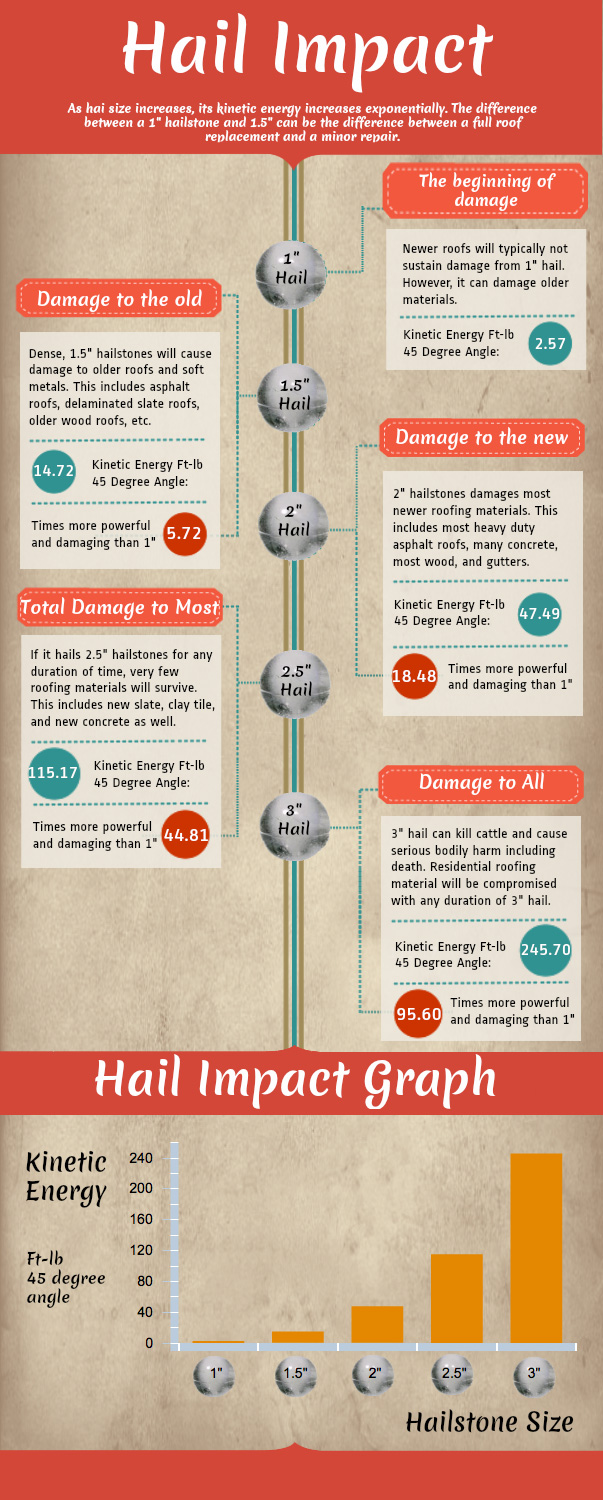Overlooking Roofing System Ventilation Can Result In Costly Repairs; Reveal The Important Considerations That Ensure Efficient Installation And Protect Your Investment
Overlooking Roofing System Ventilation Can Result In Costly Repairs; Reveal The Important Considerations That Ensure Efficient Installation And Protect Your Investment
Blog Article
Article Composed By-Hermansen Poole
When you're taking on a roof covering project, you could not assume much concerning roofing system ventilation, however it's even more essential than you realize. Efficient ventilation helps manage temperature level and moisture in your attic, preventing issues like mold and structural damages. By comprehending exactly how to create and mount a balanced air flow system, you can enhance energy performance and lengthen the life expectancy of your roofing materials. So, what are the key elements to consider during installment that can make all the difference?
Relevance of Roof Covering Ventilation
Roofing system air flow plays an important duty in keeping the total health and wellness of your home. By allowing fresh air to distribute with your attic, it aids regulate temperature and dampness degrees. https://www.bendbulletin.com/localstate/crimeandjustice/oregon-osha-cites-bend-builder-for-safety-violations-in-roofers-death/article_479673dc-77b8-11eb-9857-4bc0149b689a.html is important to prevent warmth buildup throughout hot months, which can lead to increased power costs as your cooling burns the midnight oil.
Additionally, correct ventilation substantially reduces the danger of moisture-related problems like mold and mold. If moisture degrees rise, your home's structural honesty can be compromised, causing expensive repair work. You wouldn't want to handle deteriorating wood or warped roofing materials, right?
In addition, ample air flow prolongs the lifespan of your roof. When heat and wetness are kept in check, your roof can do optimally, protecting against premature deterioration. This means fewer headaches and expenditures down the line.
How Roofing System Air Flow Works
Effective roof covering air flow depends on the all-natural motion of air to create an equilibrium between consumption and exhaust. When you install vents, you're essentially allowing fresh air to enter your attic while allowing hot, stale air to leave. This procedure helps manage temperature level and moisture levels, protecting against issues like mold growth and roofing system damage.
Consumption vents, usually discovered at the eaves, pull in amazing air from outdoors. At the same time, exhaust vents, located near the ridge of the roof, let hot air increase and departure. The difference in temperature produces a natural airflow, called the pile effect. As warm air rises, it develops a vacuum that draws in cooler air from the reduced vents.
To maximize this system, you require to ensure that the intake and exhaust vents are correctly sized and positioned. If the intake is restricted, you won't accomplish the preferred ventilation.
Also, insufficient exhaust can catch heat and dampness, bring about possible damages.
Key Installment Factors To Consider
When setting up roofing ventilation, numerous vital considerations can make or damage your system's performance. First, you need to analyze your roof covering's design. The pitch, shape, and materials all affect air movement and ventilation selection. Make sure to select vents that suit your roof covering type and regional climate conditions.
Next, think about the placement of your vents. Ideally, you'll want a balanced system with intake and exhaust vents positioned for optimal air movement. Area intake vents low on the roof covering and exhaust vents near the optimal to urge an all-natural flow of air. This configuration assists protect against dampness build-up and advertises energy effectiveness.
Don't forget about insulation. Correct insulation in your attic room prevents heat from escaping and maintains your home comfortable. Make sure that insulation does not obstruct your vents, as this can prevent air movement.
Last but not least, think of maintenance. Choose air flow systems that are easy to accessibility for cleansing and inspection. Routine maintenance ensures your system continues to operate properly in time.
Conclusion
In conclusion, roofing system ventilation is vital for an effective setup. By making certain proper air flow, you can avoid heat build-up and wetness problems that lead to expensive damage. When you tactically placement intake and exhaust vents, you improve energy performance and lengthen the life-span of your roofing system. https://roofingcompany50594.blogdosaga.com/33887612/if-you-see-missing-tiles-and-leaks-your-roof-might-call-for-prompt-treatment-learn-about-the-necessary-indications-that-demand-your-focus in mind, a well-ventilated roofing system not only protects your investment but likewise improves your interior air top quality. So, prioritize air flow to guarantee a resistant and economical roofing system for your home.
